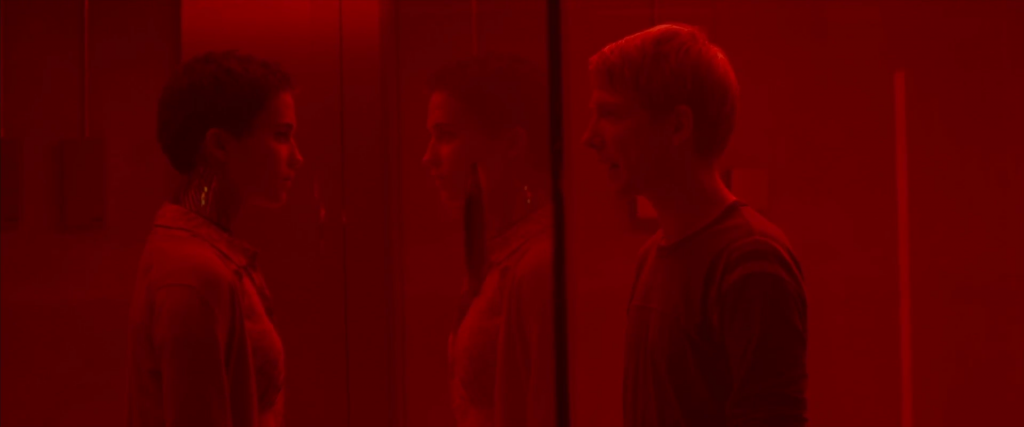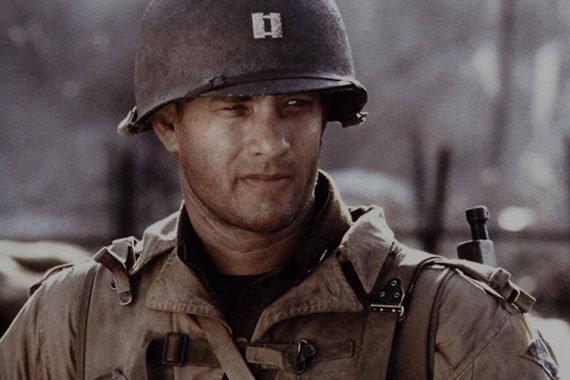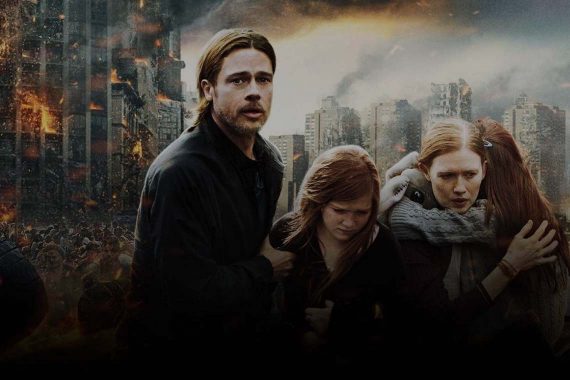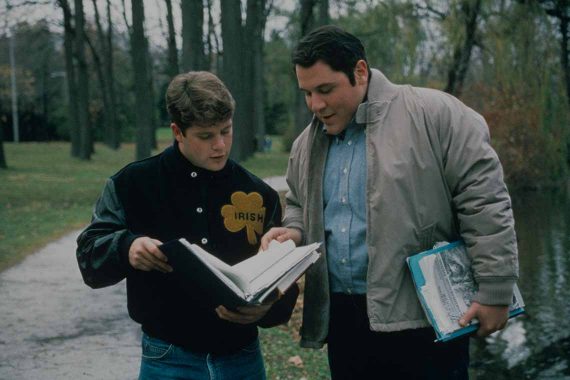Podcast: Play in new window | Download | Embed
In this episode we discuss Alex Garland’s directorial debut “Ex Machina”:
- Artificial Intelligence with special guest Byron Reese, host of Gigaom’s Voices in AI podcast;
- camerawork and visual storytelling techniques;
- the symbolism of Ex Machina;
- and much more!
Check out Byron’s podcast: Gigaom’s Voices in AI
Pre-order Byron’s book on Amazon: The Fourth Age: Smart Robots, Conscious Computers, and the Future of Humanity
Visual Analysis:
The overriding cinematography style is slow steady shots. Either locked off completely or gradually moving around. This obviously emulates the precise nature of mechanization, robotics, but it also feels very slick and measured, nothing happens that shouldn’t.
The establishing shots, scenery, and even the title card of Ava’s Session 1 fluidly play into this theme of perfection & grace.
As smooth and mechanical as everything is, we do have handheld shots on occasion. These shots are more humanistic, imperfect & wobbly, because they’re un-ironically shot by hand instead of mechanical assistance. This connects us more emotionally with the subject. In this case we are seeing a combination of rigidness — Ava’s monitor — and human emotion while we get close to the physical response that Caleb is having as he watches Ava undress.
Perhaps more interesting than the handheld moments with Caleb is this handheld moment with Ava as she selects her dress. This is how we the audience begin to find humanity in Ava, she’s doing her first humanlike thing as she peruses her belongings and clothing, a very intimate act that’s enhanced with getting away from the robotic movements leading up to this point. Suddenly we’re not observing her, we’re identifying with her. Excellent film technique.

Reflections are used throughout the film, perhaps to imply the two-faced or duplicitous nature of the people being reflected. This is perhaps one of the strongest uses of the reflection as it implies that she is perfectly in sync with how to project Caleb’s desires since you can see her reflection sitting neatly on top of Caleb. She has him now completely under her control.
I love this edit. I’m calling it an edit, because whether it was scripted exactly like this or decided later in postproduction there was still a conscious decision to cut here. The final line is “…this is the history of gods.” which is then followed by silence & nature, allowing the dialog to resonate with us as we contemplate the words enhanced and subtlely underscored by the imagery (nature & god, get it?), which fits in thematically with what Ex Machina is all about. BUT, this also helps us recognize later in the film when Nathan misquotes Caleb by calling himself a god. An excellent decision to not muddy the audio with more dialog after that line, for multiple reasons.
“Everything we do, every thought we’ve ever had, is produced by the human brain. But exactly how it operates remains one of the biggest unsolved mysteries, and it seems the more we probe its secrets, the more surprises we find.” – Neil deGrasse Tyson
Notes & References:
The Making of Ava
VFX of Ex Machina
Philippians 1:15-18 – “…The important thing is that in every way, whether from false motives or true, Christ is preached…”



